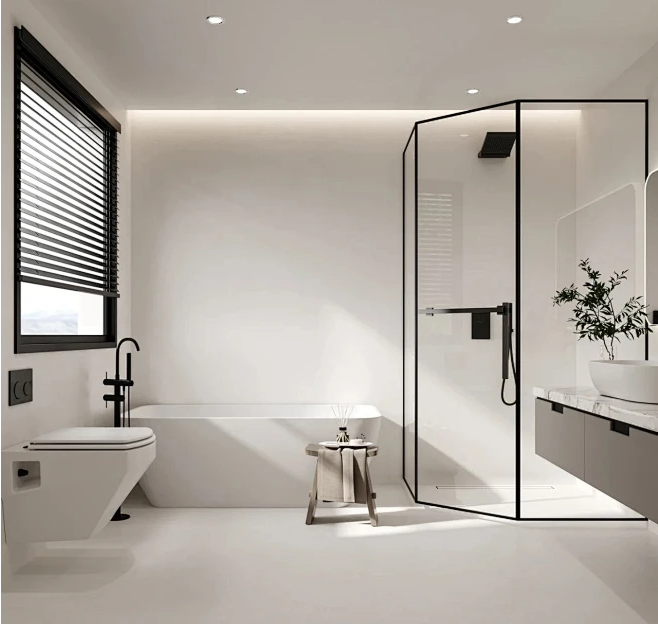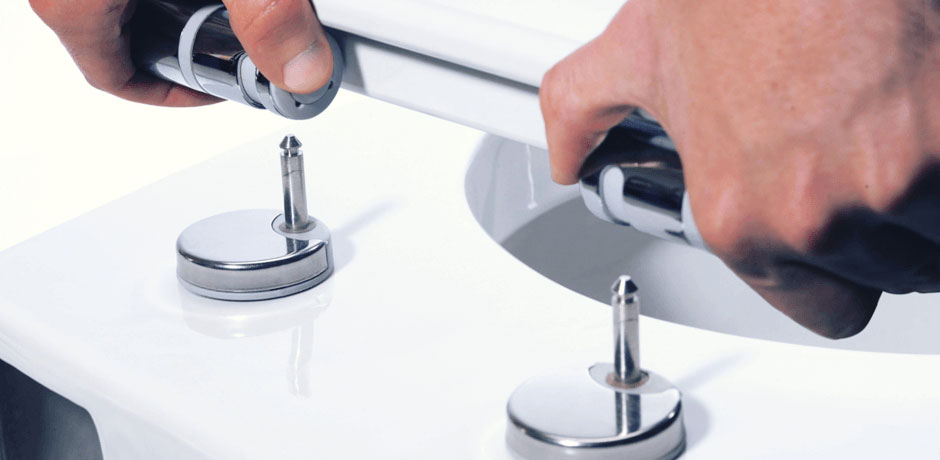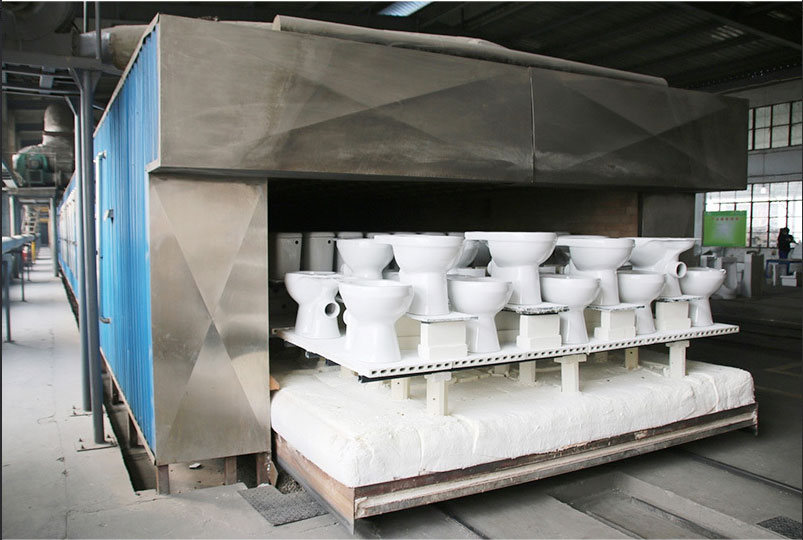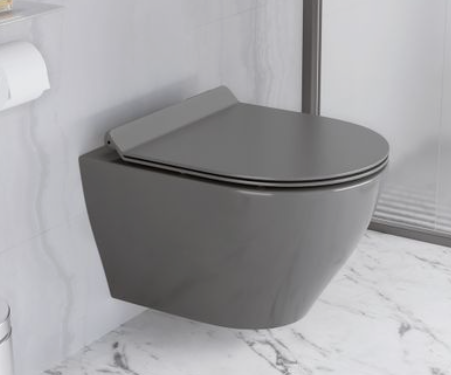Toilets are essential fixtures in bathrooms, providing a means for human waste disposal in a sanitary and efficient manner. While the basic concept of a toilet is straightforward, the design and components can vary. In this comprehensive overview, we’ll explore the key components of a typical flush toilet.
1.Toilet Bowl:
The toilet bowl is the ceramic or porcelain fixture into which waste is deposited. It is designed with an open, bowl-like shape and is connected to the floor.
2.Toilet Seat:
The toilet seat is the hinged unit attached to the top of the bowl. It provides a comfortable and hygienic surface for users to sit on. Seats can be made of various materials, including plastic or wood.
3.Lid:
The toilet lid is the cover for the toilet bowl. It serves both functional and aesthetic purposes, providing a surface to sit on and maintaining a clean appearance when the toilet is not in use.
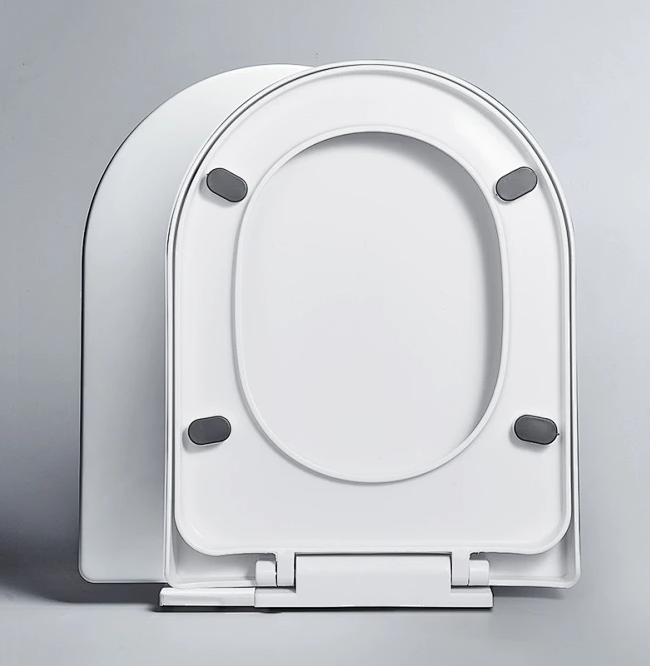
toilet seat cover
4.Flush Tank (Cistern):
The flush tank, also known as the cistern, is the reservoir that holds water for flushing. It is typically located above or behind the toilet bowl. The tank has a flushing mechanism that releases a controlled amount of water into the bowl to carry away waste.
5.Flushing Mechanism:
The flushing mechanism is the system responsible for releasing water from the flush tank into the toilet bowl. Common types include gravity flush, pressure-assisted flush, and dual-flush mechanisms. Gravity flush is the most common, relying on the force of gravity to move water into the bowl.
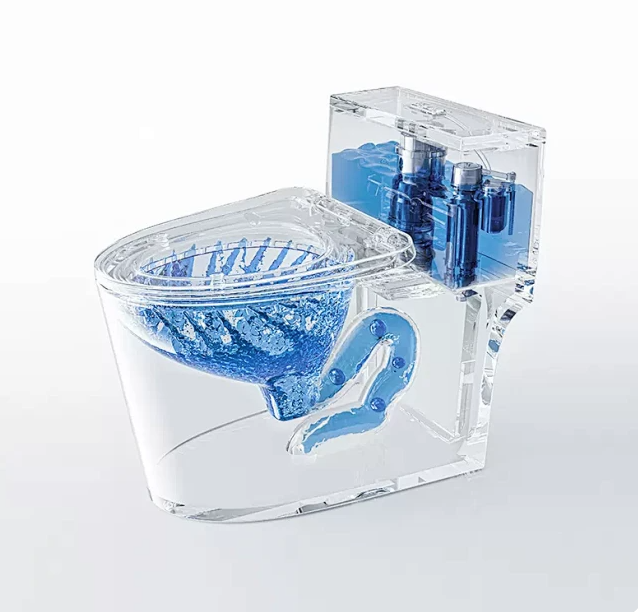
siphonic toilet
6.Flush Handle or Button:
Connected to the flushing mechanism, the flush handle or button is the user interface for initiating a flush. Pressing the handle or button activates the flushing mechanism and releases water into the bowl.
7.Fill Valve:
The fill valve, also known as the ballcock, controls the water flow into the flush tank after a flush. It stops the water once the tank reaches the desired level, ensuring the tank is ready for the next flush.
8.Overflow Tube:
The overflow tube prevents the flush tank from overfilling. If the fill valve fails to stop water flow, excess water is directed into the overflow tube and into the toilet bowl.
9.Flapper Valve:
The flapper valve is a rubber or plastic component that seals the flush opening at the bottom of the tank. When the flush handle is activated, the flapper valve lifts, allowing water to flow into the bowl.
10.Trapway:
The trapway is the curved, S-shaped channel in the toilet bowl that connects to the drainpipe. It holds a small amount of water to prevent sewer gases from entering the bathroom while allowing waste to be flushed away.
11.Wax Ring:
The wax ring is placed between the base of the toilet bowl and the flange of the drainpipe. It creates a watertight seal to prevent leaks and sewer odors.
12.Bolts and Caps:
Bolts secure the toilet bowl to the floor through the flange. Caps cover these bolts for a finished appearance.
13.Supply Line:
The supply line connects the toilet’s fill valve to the water supply in the bathroom. It delivers water to the flush tank for each flush.
14.Tank-to-Bowl Gasket:
This rubber gasket ensures a watertight seal between the flush tank and the toilet bowl, preventing leaks.
15.Flush Valve:
The flush valve is the opening at the bottom of the tank controlled by the flush handle or button. When activated, it allows water to flow into the bowl for flushing.
16.Seat Hinges:
Hinges connect the toilet seat to the bowl, allowing it to be lifted for cleaning or to access the bowl.
17.Anti-Siphon Valve (Optional):
Some toilets may have an anti-siphon valve in the fill valve assembly to prevent backflow of toilet water into the home’s water supply.
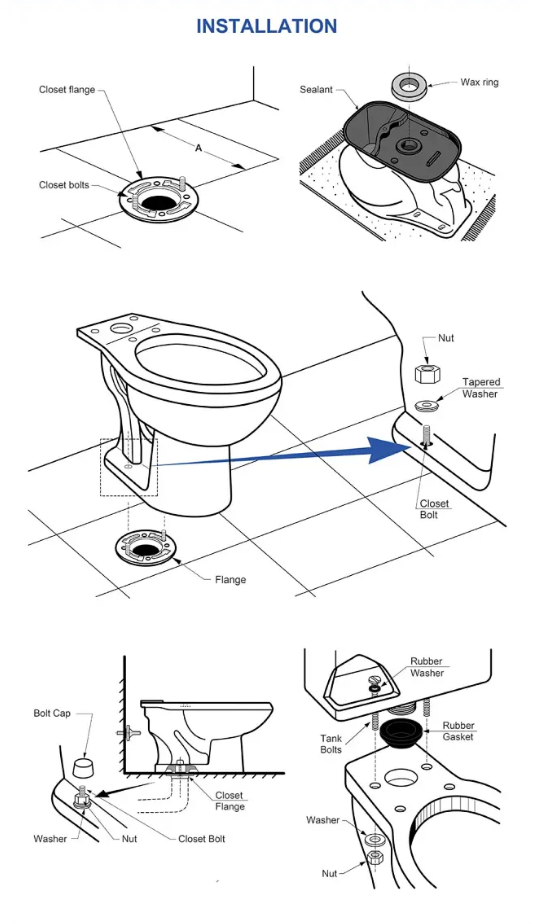
installation toilet
Understanding the components of a toilet is essential for maintenance, repair, and general use. Regular cleaning and proper care of these components contribute to the longevity and efficient operation of the toilet.

